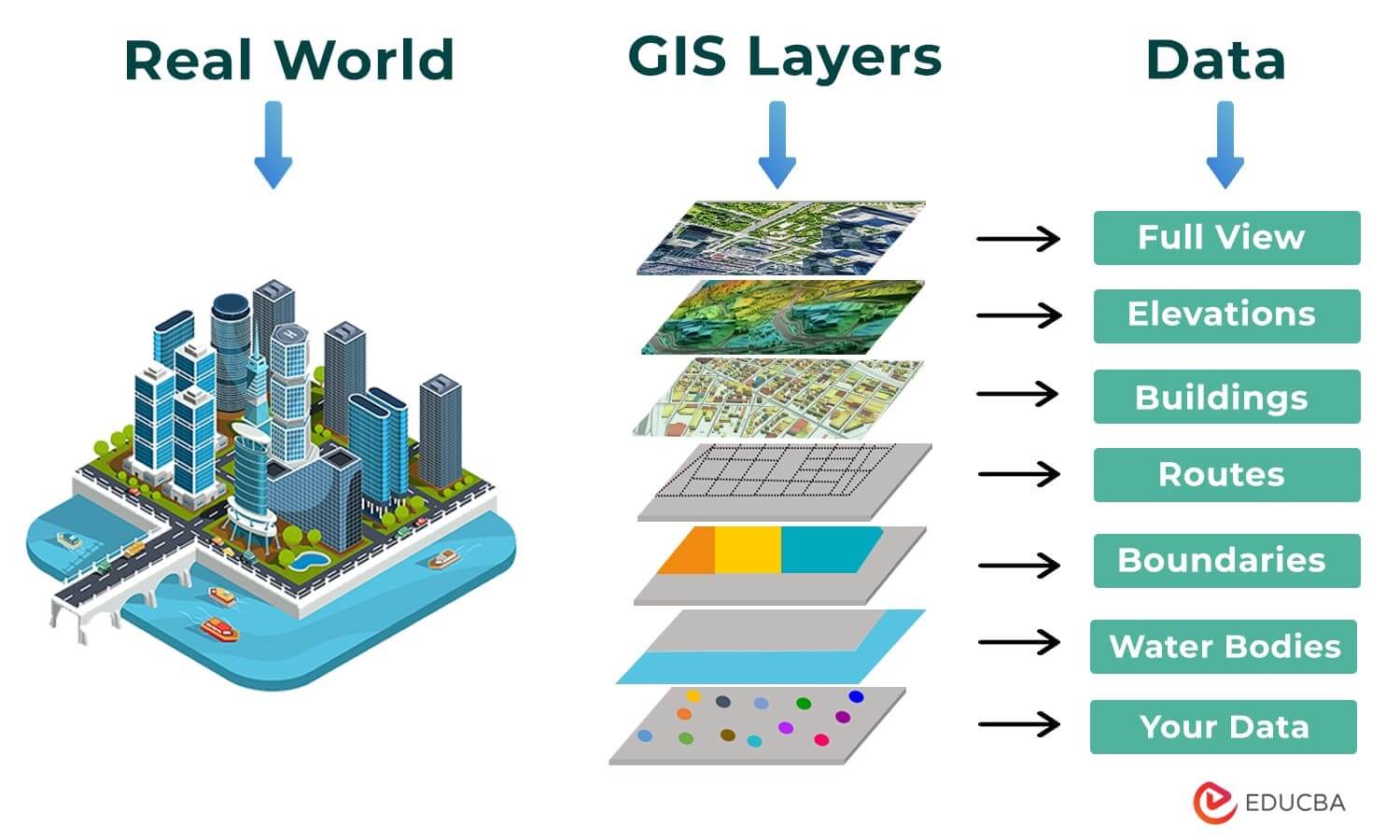The Art of Cartography in the Digital Age: Mapping Beyond Boundaries
 0
0
Posted: Thu March 14 5:45 AM PDT
Member: Mariia Kli
Tags: compass, map, cartography
In the digital era, cartography has transcended its traditional boundaries, evolving into a dynamic and multifaceted discipline that extends far beyond mere map-making. With the advent of cutting-edge technologies and the proliferation of digital tools, cartographers now have unprecedented opportunities to create intricate, interactive, and immersive maps that offer users a wealth of information and insights. This shift has not only revolutionized the way we perceive and interact with maps but has also opened up new avenues for exploration, discovery, and collaboration.
Evolution of Cartography:
From Ancient Parchment to Digital Precision

Cartography, the art and science of map-making, has a rich and storied history that dates back to ancient civilizations. From the earliest hand-drawn maps on parchment to the intricately detailed atlases of the Renaissance, maps have always served as vital tools for navigation, exploration, and understanding the world around us. However, it wasn't until the digital age that cartography truly began to flourish and expand its horizons.
Digital Revolution:
Unleashing the Power of Technology
The advent of computers, Geographic Information Systems (GIS), satellite imagery, and global positioning systems (GPS) marked a turning point in the field of cartography. These technologies provided cartographers with powerful tools for capturing, analyzing, and visualizing spatial data with unprecedented precision and accuracy. No longer constrained by the limitations of pen and paper, cartographers could now create maps that were not only more detailed and informative but also dynamic and interactive.
Mapping Beyond Boundaries:
The Rise of Dynamic and Interactive Maps
In the digital age, cartography has transcended the traditional boundaries of paper maps, embracing a more fluid and expansive approach to representation. With the rise of web-based mapping platforms and mobile applications, maps have become more than just static images – they have become dynamic, interactive experiences that adapt to the needs and preferences of users in real-time.
One example of this is the emergence of online compass tools like freeonlinecompass.com , which provide users with a simple yet powerful way to orient themselves and navigate their surroundings. By combining GPS technology with digital mapping software, these tools allow users to pinpoint their location, determine their heading, and explore their surroundings with ease. Whether you're hiking in the wilderness or navigating the streets of a new city, online compass tools offer a convenient and reliable way to stay on course.
Data Visualization:
Transforming Raw Data into Insights
Another key aspect of cartography in the digital age is the art of data visualization. With vast amounts of spatial data now available at our fingertips, cartographers have the opportunity to transform raw data into compelling visual narratives that convey complex information in a clear and accessible manner. Through techniques such as choropleth maps, heat maps, and 3D visualizations, cartographers can highlight patterns, trends, and relationships that might otherwise go unnoticed.
Collaboration and Crowdsourcing:
Harnessing the Power of Community
The digital age has also democratized the process of map-making, allowing for greater collaboration and participation from individuals and communities around the world. Through crowdsourcing initiatives and open-source mapping platforms, anyone with an internet connection can contribute to the creation of maps, sharing their local knowledge and expertise to create richer, more comprehensive representations of the world.
Challenges and Ethical Considerations:
Navigating the Digital Terrain
Despite the many benefits of digital cartography, it also poses certain challenges and ethical considerations. Issues such as data privacy, accuracy, and accessibility must be carefully considered to ensure that maps remain reliable and inclusive tools for all users. Additionally, the increasing reliance on digital mapping technologies raises questions about the role of traditional cartographic skills and the preservation of cultural heritage in an increasingly digital world.
Future Trends:
Charting the Course Ahead
Looking ahead, the future of cartography in the digital age promises even greater advancements and innovations. From augmented reality overlays that provide real-time information about our surroundings to predictive mapping algorithms that anticipate future changes to the landscape, the possibilities are endless. As technology continues to evolve and our understanding of spatial data deepens, cartographers will play an increasingly vital role in shaping how we perceive, navigate, and interact with the world around us.
Conclusion:
Navigating Towards New Horizons
In conclusion, the art of cartography has undergone a profound transformation in the digital age, expanding beyond its traditional boundaries to encompass a wide range of technologies, techniques, and perspectives. From interactive online maps to immersive virtual reality experiences, cartographers continue to push the boundaries of what is possible, opening up new vistas of exploration and discovery for generations to come.
As we navigate the complexities of the modern world, maps remain indispensable tools for understanding our surroundings, navigating our way through unfamiliar terrain, and charting a course towards a better future. And in the digital age, the possibilities are limitless. With each new advancement in technology and each new innovation in cartographic design, we move one step closer to realizing the full potential of mapping beyond boundaries.
Comments
Please login above to comment.

